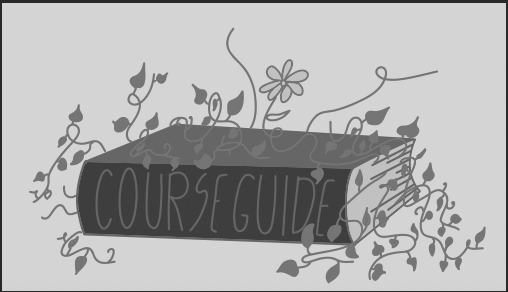
Student-run charities are springing up left and right in our school community. However, it is easy to question the authenticity of giving back to the community amidst the presence of college applications, an overwhelmingly large aspect of our school’s identity.
The community fosters an extremely competitive environment as a college preparatory school. Declining college admissions rates coupled with pressures to get into top universities create an atmosphere where “the pursuit of excellence” takes center stage, in a harmful way.
This competitive atmosphere pressures students to stand out from their peers to reach their dream school, motivating them to push themselves past their limits. Students join clubs, take hard classes and participate in extracurricular activities to make their application stand out. But aside from the normal ways students try to get a leg up, they may even volunteer and create charities solely to appeal to colleges.
Students’ participation in nonprofit organizations for the purpose of strengthening their applications is the essence of performative activism. Although the action itself is kind-hearted, in performative activism, it is rooted in a more selfish thought process that emphasizes the individual’s goals above helping the community.
Clearly, not all students have college on their mind when helping others. However, higher education is a factor ingrained into their minds during the process. For some, positively impacting their communities might not be at the top of their list of priorities.
Looking at students’ charity initiatives, Bored of Boredom (@bored.of.boredom on Instagram) aims to close the digital divide and provide educational opportunities to neurodiverse, ESL and lower-income students. It has about 850 students enrolled and 400 high school volunteers.
Another big organization is
@studentartactivists with 1,347 followers on Instagram. The account founders collect student-made art and sell it to raise funds for Black Lives Matter (BLM). The organization garnered thousands of dollars by selling paintings, photos and articles of clothing, which it then donated to operations like Assata’s Daughters, the National Bail Out Collective and The Okra Project.
Bored of Boredom and Student Art Activists seem to be larger and more fleshed out organizations. Meanwhile, others like Communfinity and Helpendhungerr appear smaller and shorter-term.
Communfinity, although active in charity work at the beginning of the summer, hasn’t updated their Instagram in months aside from a brief blanket statement about Black Lives Matter and racial intolerance. Their website has not mentioned the completions of any new charity projects beyond donating masks and organizing recreational activities for seniors since June.
Helpendhungerr collected $62,101 on GoFundMe from 44 separate donations almost one month after the fundraiser was originally published July 19. During that month, Helpendhungerr posted on Instagram very frequently but gradually came to a stop.
GoFundMe is one of the most popular fundraising websites, its biggest fundraiser being the Official George Floyd Memorial fund, which has accumulated over $14.7 million. Although it has cheaper fees than most other fundraising sites, it still takes a cut of 2.9 percent + $0.30 for each contributor from the gathered funds. Depending on the situation, contributing directly to the cause instead of going through a third-party platform like GoFundMe might be better because the organization receives the entire donation.
Beyond spreading resources through fundraising, students should generally be wary of making their own nonprofits and giving themselves a CEO title. It would be more effective to volunteer for a pre-established organization instead of creating multiple organizations that serve similar purposes and spread resources thinner than needed.
Additionally, Communfinity and Helpendhungerr’s posting habits are reminiscent of performative activism. During BLM protests across America, people posted excessively in support of the movement at its height, and over time, the amount of posts gradually decreased. This also happened with charity Instagram accounts — they posted excessively when their accounts were at their heights and then neglected to post when it appeared the “trend” of activism had died out. Many organizations may ride the wave of a movement for personal gain.
Still, there is a chance these accounts may be sincere and simply meant for short-term activism. Additionally, with the examples of BLM and even possibly these student-led accounts, Instagram activism alone might not be the best way to advocate for a cause.
Even if these student-run charity organizations are performative for college applications, they are still doing helpful work. The issue is they could be doing better if organizations consolidated or people stopped spending time on creating nonprofits and more time actively working with those they wish to serve. Of course, it is virtuous students are applying themselves to better their communities and other people’s lives. But, if the students aren’t truly getting much out of it beyond an activity for college, then what’s really the point?




































